Year published :2019
Pages :160 pp., paperback
Size :12x18 cm.
Black & White illustrations :5
Maps :1
Rights :Thailand, Cambodia, Laos, Myanmar and Vietnam only
ISBN: 9788776942748
Nagasaki Peace Discourse, The: City Hall and the Quest for a Nuclear Free World
by NIAS PressBy Geoffrey C. Gunn
Highlights
- Examines political dynamics on nuclear issues locally and nationally.
- Explains the Nagasaki discourse on peace as embodied in the city’s annual memorial declaration.
- Focuses on the contested role of local politicians, atomic bomb victims and peace activists in seeking a nuclear-free world.
- Published as a handy pocketbook, perfect for reading on the move.
Some 20,000 or more people were killed instantly in the atomic bombing of Nagasaki on 9 August 1945; an additional 40,000 or more died from radiation and related illnesses in the coming days and weeks. Many others were exposed to radiation effects. Remembrance, the struggle for recognition on the part of the victims or hibakusha, and the even greater struggle waged by City Hall in Nagasaki to bring to world attention the threat of nuclear weapons, are at the heart of this book. This we term the Nagasaki peace discourse. Yet, other narratives vie with the ‘idealist’ view. ‘Realists’ welcome the nuclear umbrella provided by the US–Japan Treaty system and have eagerly embraced civilian nuclear power under the ‘atoms-forpeace’ slogan. On their part, Japanese nationalists perceive Japan’s ‘peace constitution’ as ripe for revision, looking ahead to a legal Self Defense Force and, for some, a ‘normal’ and even a nuclear-armed Japan. In the light of the Fukushima nuclear disaster of 11 March 2011, however, City Hall in Nagasaki cannot ignore the risks of civilian nuclear power or the nation’s mounting stockpile of plutonium. With Nagasaki prefecture host to the second largest US naval base in Japan, as became apparent with the 2017–18 Korean missile crisis, neither can the city insulate itself from international politics. Seventy and more years on from the atomic bombings, Hiroshima and, in subtly different ways, Nagasaki, have a sombre message to convey. This is encapsulated in no better way than in the popular civil society slogan, ‘No! More! Hibakusha!’
About the Author
Geoffrey Gunn is an emeritus professor at Nagasaki University. He is a widely written scholar in Asian history, most notably on the independence struggles in Cambodia, Laos and Vietnam. His works on Southeast Asia include Political Struggles in Laos, 1930–1954, Rebellion in Laos, and Rice Wars in Colonial Vietnam.
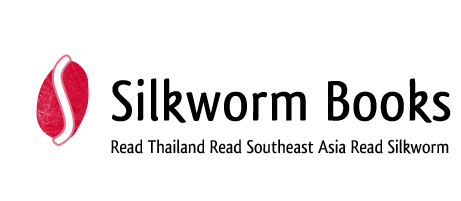
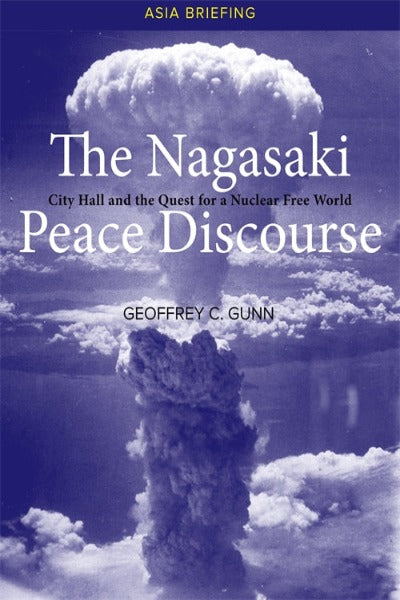
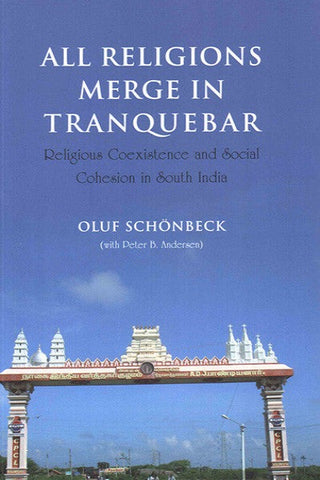
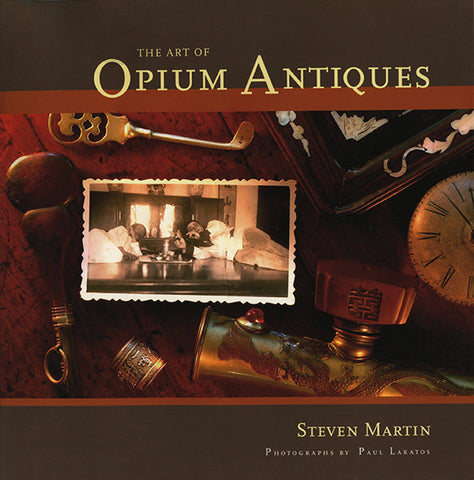
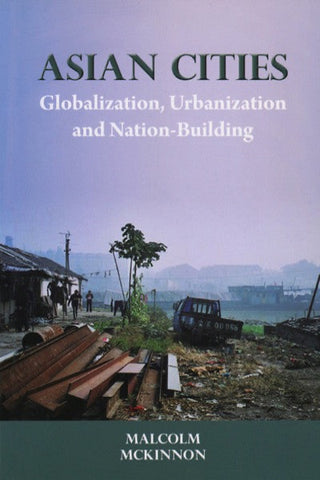
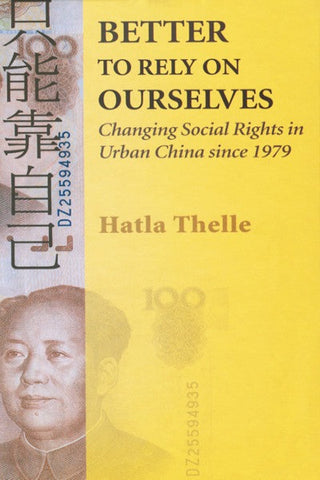
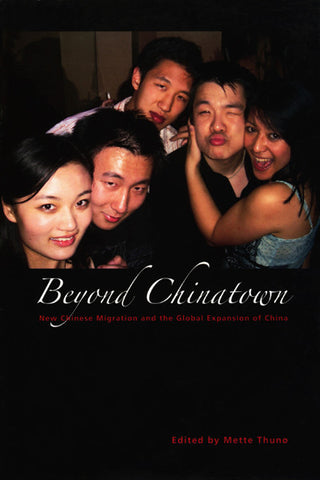
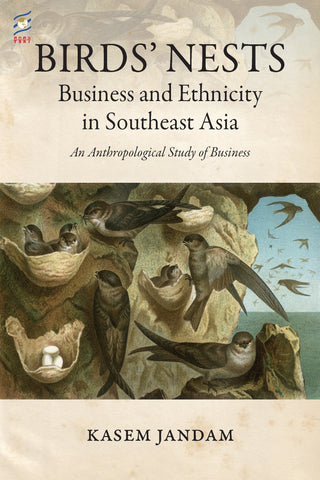
Share this item: